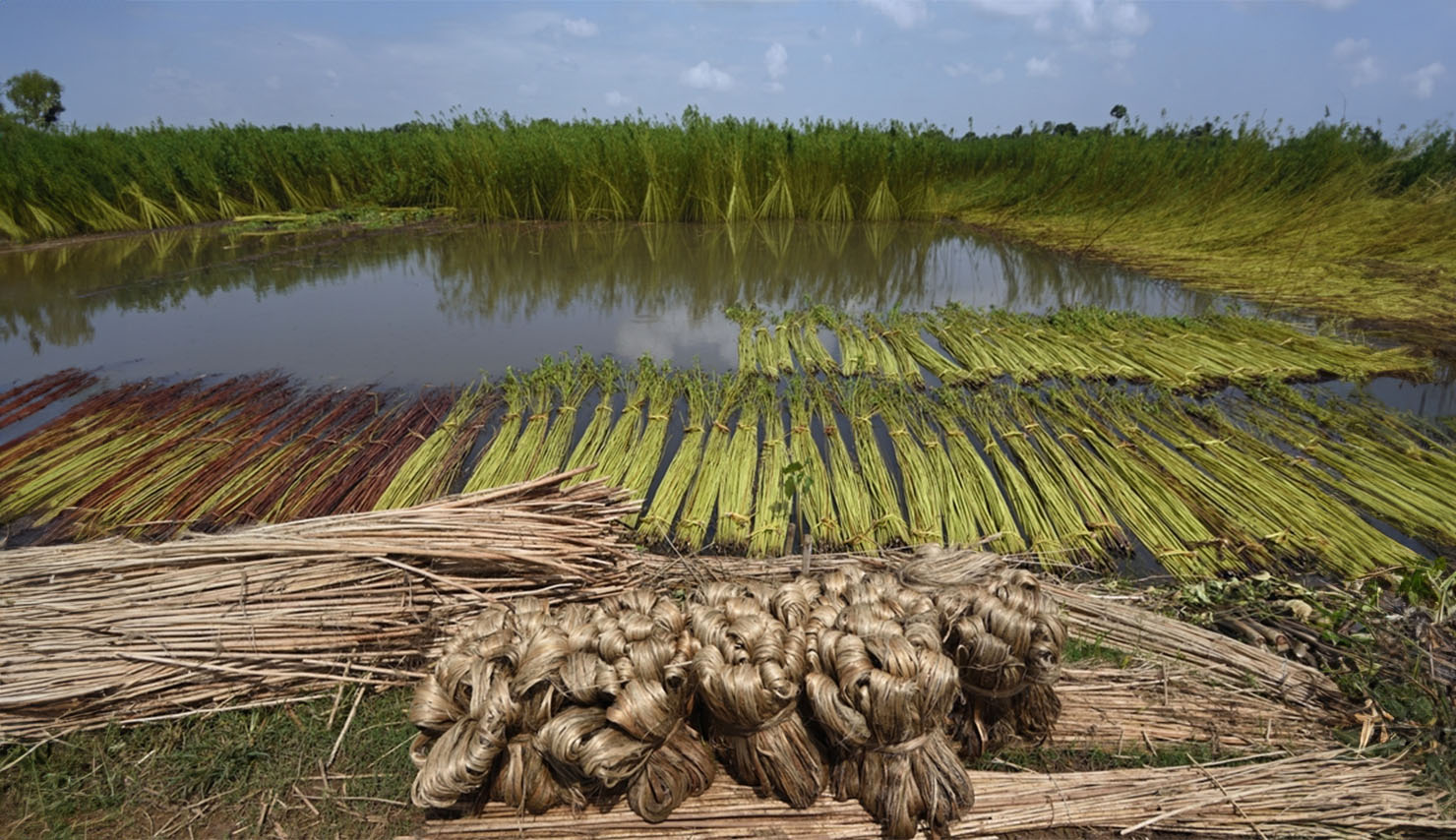
By Dr. Jaijit Bhattacharya
In my previous article on climate change, I argued that scientific evidence shows that it is too late to reverse climate change. But this does not imply that we give up the efforts to effect a slowdown in climate change, as it will buy us time to prepare for the new climate conditions.
My argument was that a resource challenged economy such as India, with 16% of humanity, needs to use the taxpayer money to immediately start building the resilience infrastructure needed for dealing with a post-climate change era.
Many had interpreted my opinion as a ruse to push for greater adoption of GM food. Unfortunately, even GM food will not help as climate change will render many existing fertile lands infertile at a sudden pace. We need to push for factory based food production, and India needs to take leadership in commercializing the technology, at the same level of urgency and national focus as was the Manhattan project for the nuclear bomb.
In this article, I will address the climate change scepticism by taking the example of jute as one single case, that is already badly hit by climate change.
Jute farmers and jute mill workers together account for 5 million people. That is roughly the same as the entire population of Singapore or Finland. Jute provides climate-friendly packaging and an excellent alternative to plastics.
Jute can ensure that microplastics are not injected into our sugar, wheat, rice etc and protect us from the constant assault of microplastics. The good story about jute is that it is completely non-toxic, unlike synthetic packaging materials such as plastics that we tend to use for our regular food items such as sugar.
Jute is great for the environment, is carbon neutral and non-toxic.
So what is the issue with jute then? Jute prices have suddenly plummeted and jute farmers and jute mill workers are in distress. Why has there been a sudden fall in raw jute prices?
Jute prices have fallen as there has been an overproduction of jute and the produce that has come out this year in India, is largely of a poorer quality. As we know from basic economics, if the crop production goes up, the crop prices fall. Also, the mills are not able to use the poor quality jute for diversified products, as poorer quality jute is brittle.
What does all this have anything to do with climate change?
The reason there was an overproduction of jute and deterioration in the quality of jute produced was because there was a delay of about a month for the rains to arrive. Jute is heavily dependent on large amounts of fresh water for its post harvesting processing.
If the jute is harvested before the rains arrive, it would not be possible to process the jute. Hence, the harvesting was delayed by a month. This led to the additional growth of the jute plants by about 25%. This may ordinarily sound to be a good thing, but as jute grows and becomes older, its quality deteriorates and the fibre becomes more brittle, thus rendering it unsuitable for many applications. This is what has happened this season in the jute producing parts of this country.
It is worthwhile to note that jute is one of the cleanest agricultural crops, and it is an in-between crop. When the jute is cut, the leaves and other wastes are ploughed back into the soil, and the soil is enriched and is ready for the next crop within 14 days. There is no burning of crop residue. Also, the jute stick itself is a wonderful fuel for cooking as well as for papermaking. No wonder jute is referred to as the golden fibre.
Farmers are losing almost Rs 20,000 per bigha on this crop, as the rains got delayed. Is the delay in rains a one-off situation? From the data, it does not look like so. Climate change has started disrupting the agricultural patterns. Surely, humans will be able to adapt.
Policy changes such as greater push for jute for packaging will happen. Crops will get planted a month later. But all such changes require time to respond. And the proposed climate resilience infrastructure is to help humans adapt to climate change and not perish in a great tragedy.
It will be worthwhile to mention that due to positive policy intervention of cooking gas supply to all, the market for jute sticks as a cooking fuel has disappeared. Even though it is good for the air and good for the health of those who cook (women have one of the highest incidences of COPD induced by indoor air pollution due to cooking), it is another blow to the farmers.
This only serves to underline that when the fragile balance between agriculture, economics, human behaviour and policy making is disrupted, a series of ripple effects get catalysed. These ripple effects have detrimental impact on the vulnerable sections of society. This is why we need to build the climate change resilience infrastructure in advance, and that time has come.
Jute has demonstrated that climate change is real and the impact of climate change on agriculture is also real and debilitating. We need to respond to it with a great sense of urgency and alacrity.
This article first appeared in ET Government, https://government.economictimes.indiatimes.com/news/policy/carbon-neutral-climate-friendly-jute-is-proof-that-climate-change-is-real/105164521